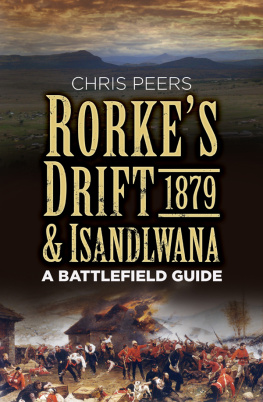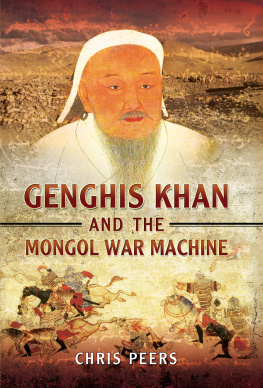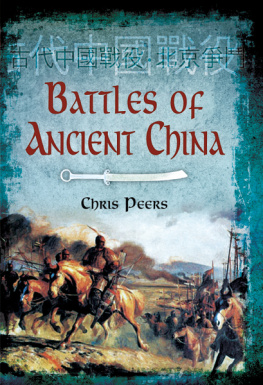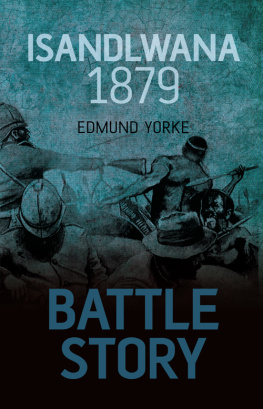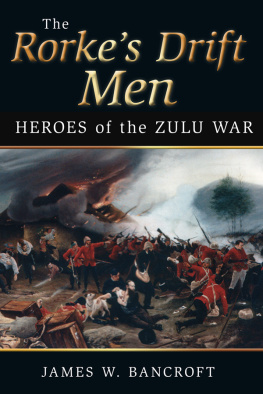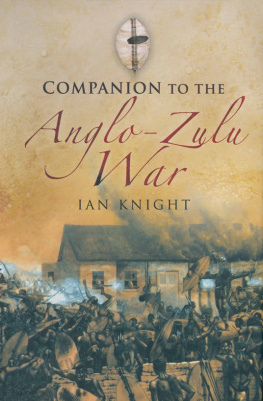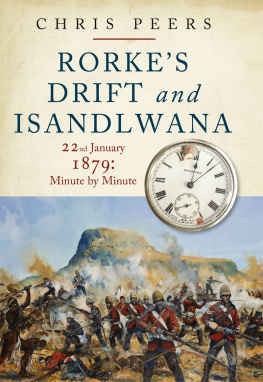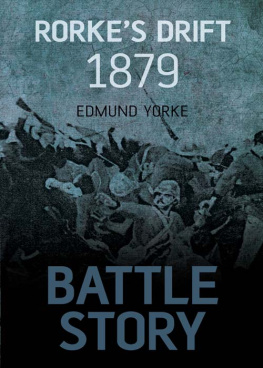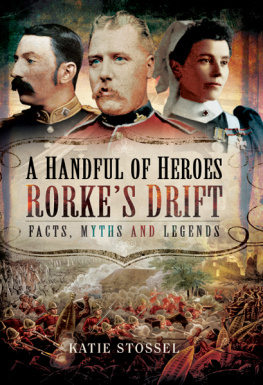

First published in 2017
The History Press
The Mill, Brimscombe Port
Stroud, Gloucestershire, GL5 2QG
www.thehistorypress.co.uk
This ebook edition first published in 2017
All rights reserved
Chris Peers, 2017
The right of Chris Peers to be identified as the Author of this work has been asserted in accordance with the Copyright, Designs and Patents Act 1988.
This ebook is copyright material and must not be copied, reproduced, transferred, distributed, leased, licensed or publicly performed or used in any way except as specifically permitted in writing by the publishers, as allowed under the terms and conditions under which it was purchased or as strictly permitted by applicable copyright law. Any unauthorised distribution or use of this text may be a direct infringement of the authors and publishers rights, and those responsible may be liable in law accordingly.
EPUB ISBN 978 0 7509 6969 7
Original typesetting by The History Press
eBook converted by Geethik Technologies

Contents

Introduction and Acknowledgements
At the beginning of 1879 a series of events occurred in what is now Kwazulu-Natal Province, South Africa, that shook the British Empire to its core. At that time Britain was by far the greatest of the European great powers that were in the process of dividing the rest of the world among them, and as the worlds leading industrial economy it could provide its armies with the very latest in military technology. Africa, on the other hand, was generally regarded as backward and unsophisticated, its warriors still relying on spears or obsolete and dilapidated muskets traded by unscrupulous arms dealers. Two of the continents greatest kingdoms had already suffered defeat at the hands of the British Ethiopia in 1868 and Ashanti in 1874, both of them principally because of the inability of their unquestionably courageous fighting men to stand up to British firepower in pitched battle. Within South Africa itself the Xhosa of the Eastern Cape had just lost the last of nine Cape Frontier Wars for the same reason; although the Xhosa spearmen could be deadly when fighting from ambush, their armies quickly melted away under fire from breech-loading rifles. But on 22 January 1879 a powerful British column invading Zululand was decisively defeated beneath a hill called Isandlwana not by trickery or ambush, but in what used to be called a fair fight in the open losing nearly half its men, including a whole battalion of regular infantry virtually wiped out. Then, later on the same day, a garrison of no more than 100 British troops was attacked furiously by forty times their number of Zulus at the mission station at Rorkes Drift, only a few miles from Isandlwana. But on this occasion the British held out against all reasonable expectations, eventually beating off their attackers and winning eleven Victoria Crosses (VCs) between them still the most VCs ever won in a single days action. This epic story would be enough by itself to explain the enduring interest in the war, but it was the release in 1966 of Cy Endfield and Stanley Bakers film Zulu that secured its place as the archetypal tale of Victorian heroism.

The spectacular view eastwards across Zululand from the grounds of Rorkes Drift Lodge on the slopes of the Biggarsberg Mountains.
The two sites where these battles were fought have been places of pilgrimage ever since. Naturally they have always been especially popular with British visitors, although an increasing number are now coming from the USA and other countries. Sheer distance means that they are still a once in a lifetime trip for many enthusiasts, but they are relatively accessible, even for those with limited mobility, and a visit will often form part of a longer tour of South Africa, a country that offers a wide variety of fascinating experiences. Isandlwana and Rorkes Drift are separate battlefields, located about 14km apart, but for several reasons it makes sense to treat them together. The battles were fought on the same day, between elements of the same armies, and a few men even fought in both. It would be impossible to understand the action at Rorkes Drift without a knowledge of the events that took place a few hours earlier at Isandlwana. Visiting the sites today underlines even more emphatically the close connections between them. No one is likely to travel so far to see one of them without visiting the other less than an hours drive away, and the tours run by both international operators and local guides are almost invariably organised on this principle. At the sites themselves there is also a considerable amount of overlap in the information on display. The memorial to the 24th Regiment of Foot at Isandlwana, for example, commemorates the dead of both battles, and the visitor centre there features one of the most comprehensive rolls of the defenders of Rorkes Drift. Conversely, the easiest way to understand the effects of the terrain at Isandlwana is to examine the excellent three-dimensional terrain model at the Rorkes Drift museum.
Both sites have been affected by modern development, but from a visitors point of view they have if anything been enhanced rather than damaged: the buildings at Rorkes Drift, for example, post-date the battle, but have been built on the same foundations as the originals and in a very similar style. The surrounding countryside is just untamed enough to give a flavour of Africa, but there are now luxury lodges within easy reach. Coach tours starting in Durban or Johannesburg regularly bring parties from further afield. Nevertheless, the battlefields are seldom overcrowded, except perhaps when special events are organised, and independent travellers will often have the sites almost to themselves.

Relief map of Kwazulu-Natal. (copyright www.freeworldmaps.net)
The aim of this guide is to assist the visitor to these two sites with details on how to get there, where to stay, and how to make sense of the events that happened there nearly 140 years ago. The principal source of information is the authors visit in October 2015. Many people will prefer to go on an organised tour, with professional guides included, an option that will take a lot of the work out of planning a trip. For those who are on a tighter budget, or simply prefer to travel independently, it is perfectly possible to do so, and they should find all the information they need here. It is also to be hoped that the up-to-date overview of the current condition of the battlefields may be of interest to those who are not currently planning a visit, or have done so in the past.
In order to get the best out of a tour it is necessary to understand at least the general outline of what was a very complicated and still controversial sequence of events. In the case of both battles there are a handful of accounts from the Zulu side, but these come only from junior officers or rank and file warriors, so while they can shed very useful light on particular events we have next to no information on the Zulu battle plans.
Next page
